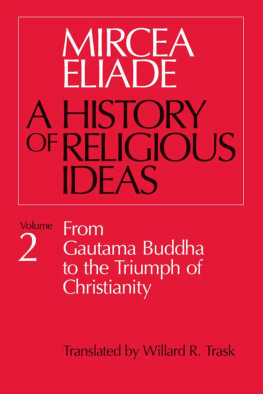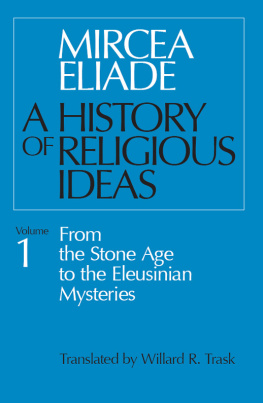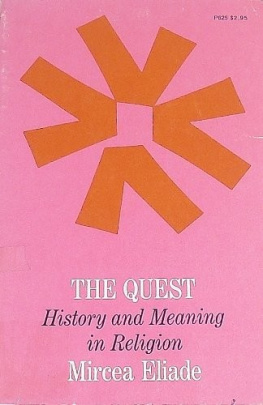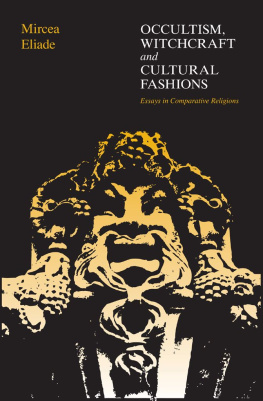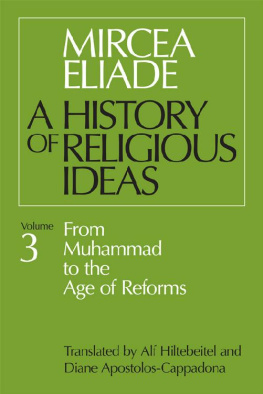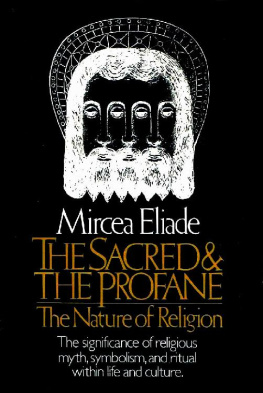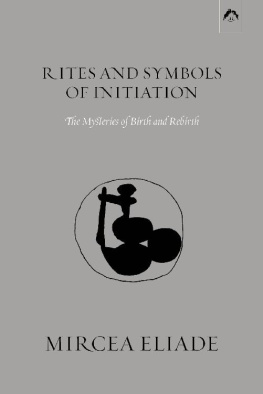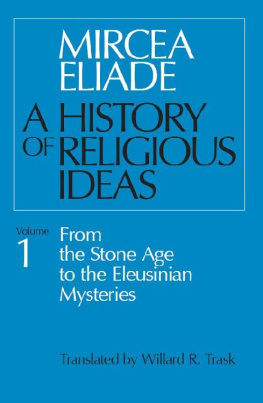Contents
Preface xiii
16. The Religions of Ancient China 3
126. Religious beliefs in the Neolithic period
127. Religion in the Bronze Age: The God of Heaven and the ancestors 128. The exemplary dynasty: The Chou 129. The origin and organizing of the world 130. Polarities, alternation, and reintegration 131. Confucius:
The power of the rites 132. Lao Tzu and Taoism 133. Techniques of long life 134. The Taoists and alchemy
17. Brahmanism and Hinduism: The First Philosophies
and Techniques of Salvation 44
135. All is suffering ... 136. Methods of
attaining the supreme awakening
137. History of ideas and chronology of texts
138. Presystematic Vedanta 139. The spirit according to Samkhya-Yoga 140. The meaning of Creation: Helping in the deliverance of spirit 141. The meaning of deliverance
142. Yoga: Concentration on a single object
143. Techniques of Yoga 144. The role of the God in Yoga 145. Samadhi and the miraculous powers 146. Final deliverance
18. The Buddha and His Contemporaries 72
147. Prince Siddhartha 148. The Great Departure 149. The Awakening. The preaching of the Law 150. Devadattas schism. Last conversion. The Buddha enters parinirvana 151. The religious milieu: The wandering ascetics 152. Mahavlra and the Saviors of the World 153. Jain doctrines and practices
154. The Ajlvikas and the omnipotence of destiny
19. The Message of the Buddha: From the Terror of the
Eternal Return to the Bliss of the Inexpressible 91
155. The man struck by a poisoned arrow...
156. The four Noble Truths and the Middle Path. Why? 157. The impermanence of things and the doctrine of anatta 158. The way that leads to nirvana 159. Techniques of meditation and their illumination by wisdom 160. The paradox of the Unconditioned
20. Roman Religion: From Its Origins to the
Prosecution of the Bacchanals (ca. 186) 107
161. Romulus and the sacrificial victim
162. The historicization of Indo-European myths
163. Specific characteristics of Roman religiosity
164. The private cult: Penates, Lares, Manes
165. Priesthoods, augurs, and religious brotherhoods 166. Jupiter, Mars, Quirinus, and the Capitoline triad 167. The Etruscans: Enigmas and hypotheses 168. Crises and catastrophes: From the Gallic suzerainty to the Second Punic War
21. Celts, Germans, Thracians, and Getae 137
169. Persistence of prehistoric elements
170. The Indo-European heritage 171. Is it possible to reconstruct the Celtic pantheon?
172. The Druids and their esoteric teaching
173. Yggdrasill and the cosmogony of the ancient Germans 174. The Aesir and the Vanir. 05inn and his shamanic powers 175. War, ecstasy, and death 176. The Aesir: Tyr, Thor, Baldr 177. The Vanir gods. Loki. The end of the world 178. The Thracians, great anonyms of history 179. Zalmoxis and immortalization
22. Orpheus, Pythagoras, and the New Eschatology 180
180. Myths of Orpheus, lyre-player and founder of initiations 181. Orphic theogony and anthropogony: Transmigration and immortality of the soul 182. The new eschatology 183. Plato, Pythagoras, and Orphism 184. Alexander the Great and Hellenistic culture
23. The History of Buddhism from Mahakasyapa to
Nagaijuna. Jainism after Mahavlra 210
185. Buddhism until the first schism
186. The time between Alexander the Great and Asoka 187. Doctrinal tensions and new syntheses 188. The Way of the boddhisattvas 189. Nagaijuna and the doctrine of universal emptiness 190. Jainism after Mahavlra:
Erudition, cosmology, soteriology
24. The Hindu Synthesis: The Mahabharata and
the Bhagavad Gita 232
191. The eighteen-day battle
192. Eschatological war and the end of the world 193. Krsnas revelation
194..Renouncing the fruits of ones acts
195. Separation and totalization
25. The Ordeals of Judaism: From Apocalypse to
Exaltation of the Torah 247
196. The beginnings of eschatology 197. Haggai and Zechariah, eschatological prophets
198. Expectation of the messianic king 199. The progress of legalism 200. The personification of divine Wisdom 201. From despair to a new theodicy: The Qoheleth and Ecclesiasticus
202. The first apocalypses: Daniel and 1 Enoch
203. The only hope: The end of the world
204. Reaction of the Pharisees: Glorification of the Torah
26. Syncretism and Creativity in the Hellenistic Period:
The Promise of Salvation 277
205. The Mystery religions 206. The mystical Dionysus 207. Attis and Cybele 208. Isis and the Egyptian Mysteries 209. The revelation of Hermes Trismegistus 210. Initiatory aspects of Hermetism 211. Hellenistic alchemy
27. New Iranian Syntheses 306
212. Religious orientations under the Arsacids (ca. 247 b.c. to 226 a.d.) 213. Zurvan and the origin of evil 214. The e schatological function of time 215. The two Creations: menok and getik
216. From Gayomart to Saoshyant
217. The Mysteries of Mithra 218. If Christianity had been halted ...
28. The Birth of Christianity 330
219. An obscure Jew: Jesus of Nazareth
220. The Good News: The Kingdom of God is at hand 221. The birth of the Church 222. The Apostle to the Gentiles 223. The Essenes at Qumran 224. Destruction of the Temple. Delay in the occurrence of the parousia
29. Paganism, Christianity, and Gnosis in
the Imperial Period 362
225. Jam redit et Virgo ... 226. The tribulations of a religio illicit a 227. Christian gnosis 228. Approaches of Gnosticism
229. From Simon Magus to Valentinus
230. Gnostic myths, images, and metaphors
231. The martyred Paraclete 232. The Manichaean gnosis 233. The great myth: The fall and redemption of the divine soul 234. Absolute dualism as mysterium tremendum
30. The Twilight of the Gods 396
235. Heresies and orthodoxy 236. The Cross and the Tree of Life 237. Toward cosmic Christianity 238. The flowering of theology 239. Between Sol Invictus and In hoc signo vinces 240. The bus that stops at Eleusis
i Q The Message of the
Buddha: From the Terror of the Eternal Return to the Bliss of the Inexpressible
155. The man struck by a poisoned arrow...
The Buddha never consented to give his teaching the structure of a system. Not only did he refuse to discuss philosophical problems, he did not even issue pronouncements on several essential points of his doctrinefor example, on the state of the holy man in nirvana. This silence early made possible differing opinions and finally gave rise to various schools and sects. The oral transmission of the Buddhas teaching and the composition of the canon raise numerous problems, and it would be useless to suppose that they will one day be satisfactorily solved. But if it seems impossible wholly to reconstruct the Buddhas authentic message, it would be excessive to suppose that the earliest documents already present a radically modified version of his doctrine of salvation.
From the beginning, the Buddhist community* ( samgha ) was organized by monastic rules ( vinaya ) that assured its unity. As for doctrine, the monks shared certain fundamental ideas concerning transmigration and the retribution for actions, the techniques of meditation that would lead to nirvana, and the condition of the Buddha (what is called Buddhology). In addition to the community, there existed, even in the Blessed Ones time, a mass of sympathizing laymen who, though accepting the teaching, did not renounce the world. By their faith in the Buddha, by their generosity to the community, the laymen gained merits that insured them a postexistence in one of the various paradises, followed by a better reincarnation. This type of devotion is characteristic of popular Buddhism, and it has great

